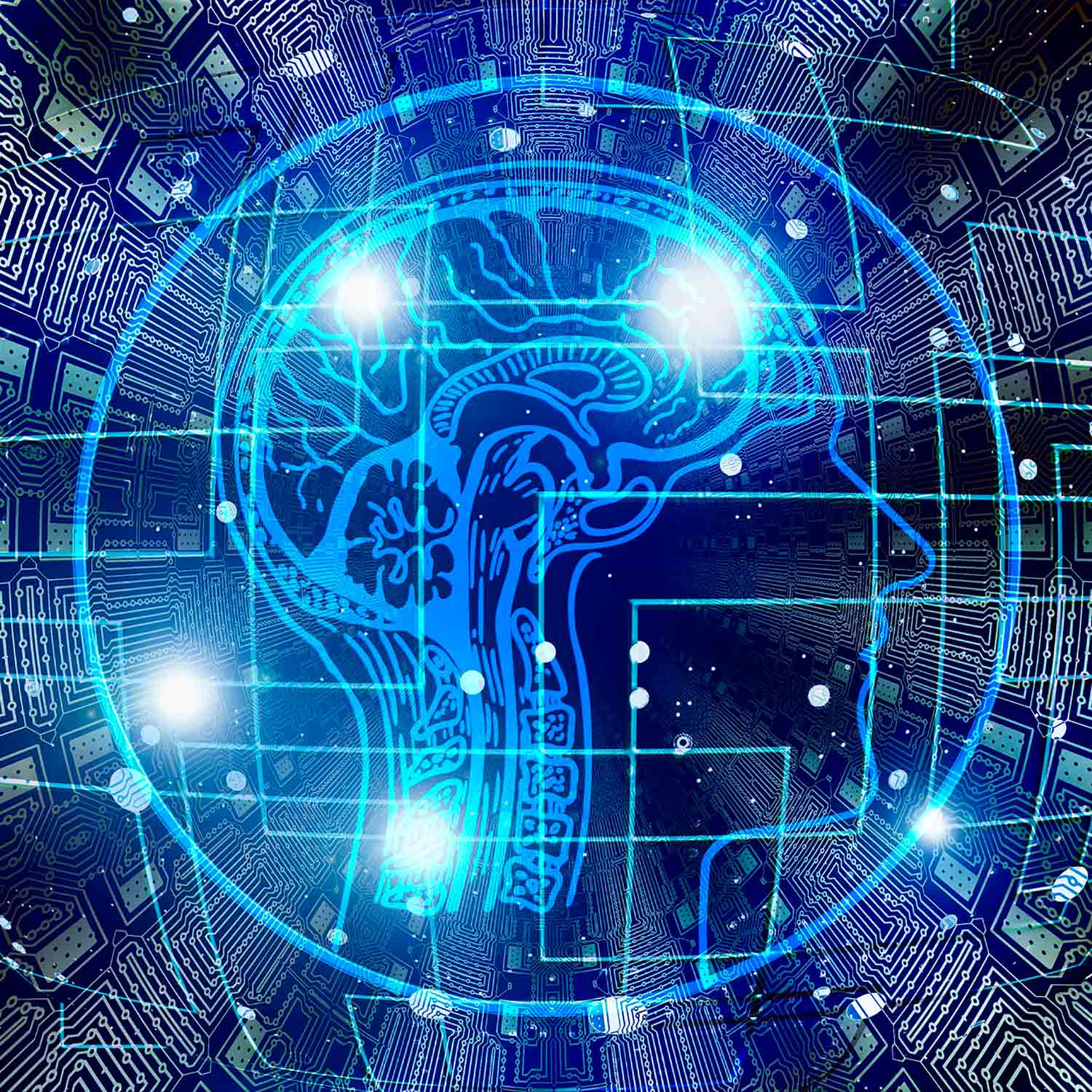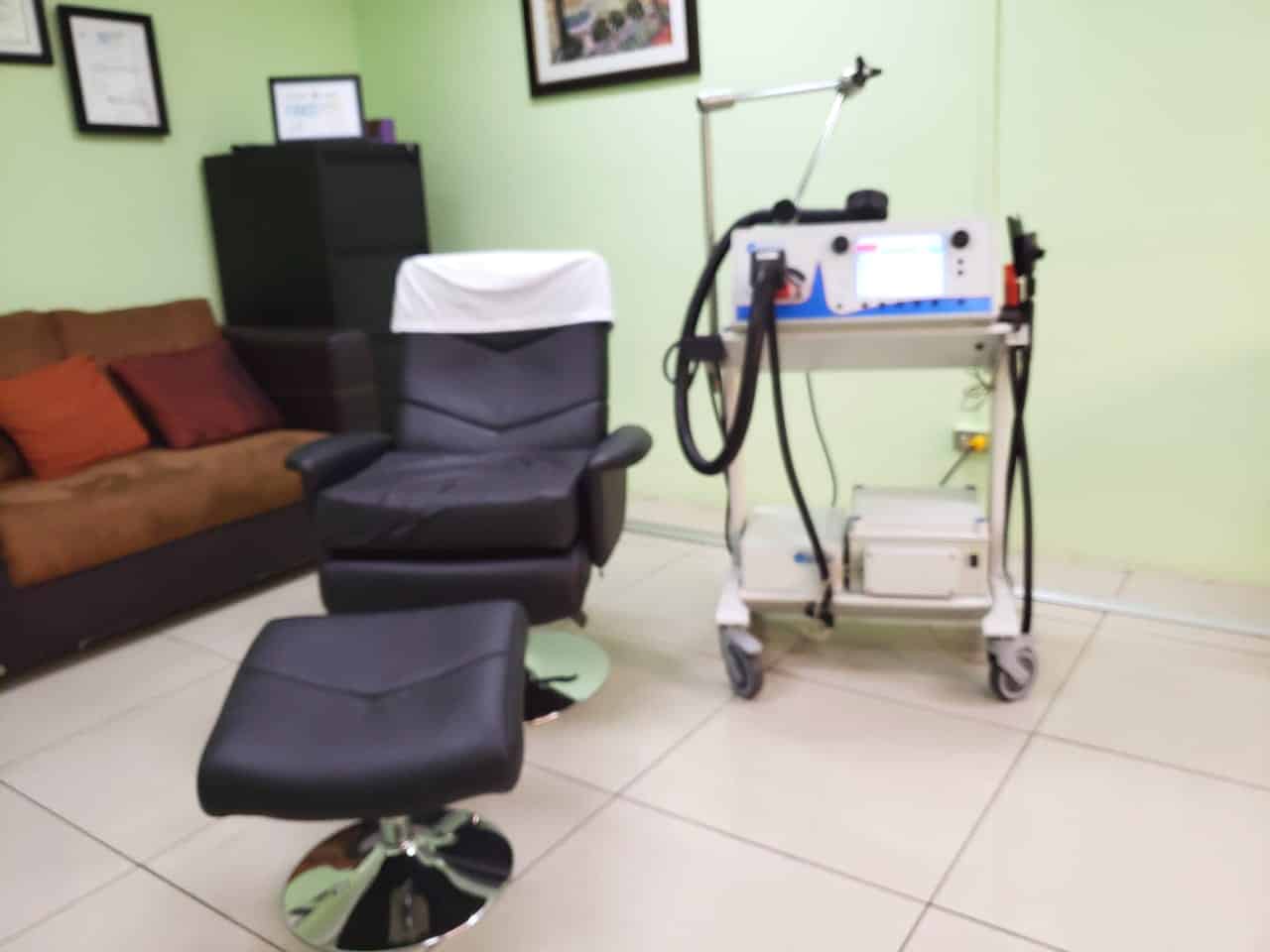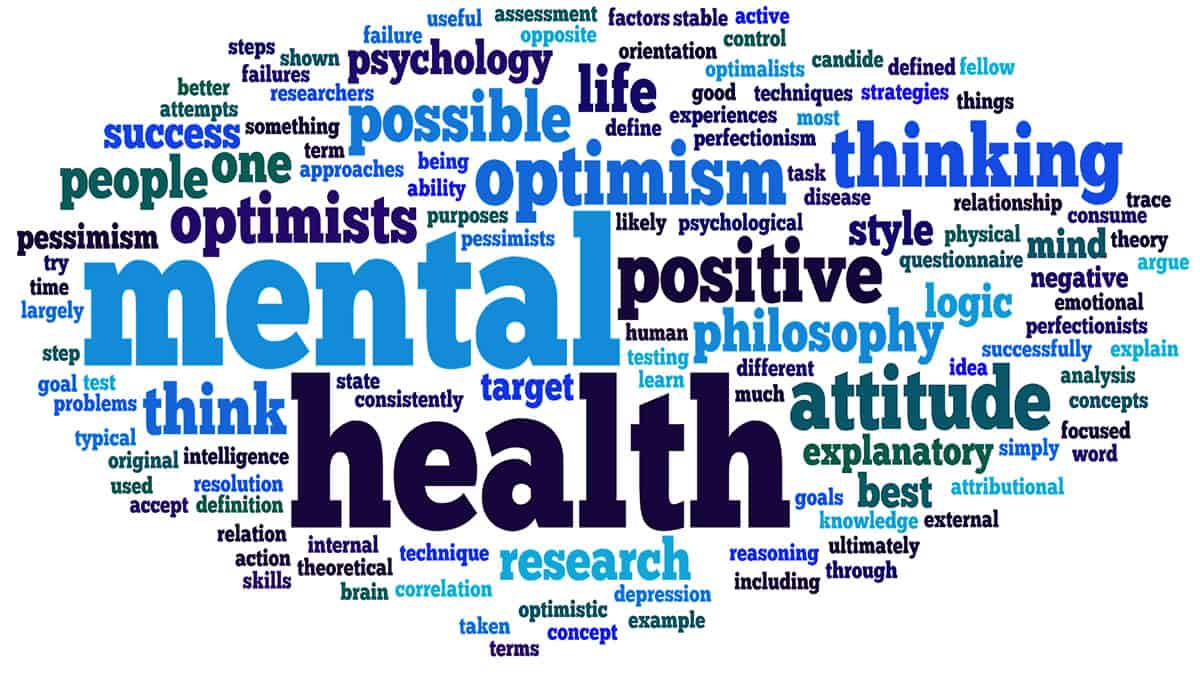
These treatments have been shown to be effective for mood disorders and are supported by scientific evidence.
1. Exercise. The last thing a depressed person wants is to exercise, but it is well known that physical activity improves mood and provides a sense of well-being. This is accomplished in part by increasing certain neurotransmitters in the brain, further regulating the stress response.
2. Bright Light Therapy. This treatment involves using bright light to treat the symptoms of depression. Sleep disorders are a symptom present in depression and other mood disorders. This therapy helps regulate the circadian rhythm, activates and increases melatonin activity, and increases serotonin levels. Regulating the sleep pattern helps the person feel better.
3. Cognitive Behavioral Therapy (CBT). This is a type of “talk” therapy, as well as “behavioral” therapy, which involves assigning tasks to the patient. His focus is changing negative thought patterns, learning to redefine problems and finding new ways to deal with them.
4. Behavioral activation therapy (TAC). It is a type of Cognitive Behavioral Therapy, which has proven to be very effective for the treatment of depression. Guide the patient towards the understanding that his emotions are the result of his actions. He has helped patients with depression to identify activities that add meaning to their lives, such as reading, listening to music, doing volunteer work, visiting family and friends, etc. The patient is asked to perform these activities without expecting an improvement in his or her mood in return.
5. Training with Mindfulness. It consists of being intentionally attentive to what we do, without judging. Patients are taught to be attentive in simple things or activities of daily living. Mindfulness is practiced by eating, walking, paying attention to your breath, connecting with your senses, resting between activities, listening attentively with your heart and mind, and “losing yourself” doing what you enjoy most.
6. Transcranial Magnetic Stimulation (TMS). During the EMT session a magnetic coil is placed over the scalp in the left dorsolateral prefrontal region of the brain. This area is known as the humor area. Electromagnetic pulses pass through the skull to stimulate nerve cells, without causing pain. TMS helps normalize brain activity in circuits involved in depression. The treatment is non-invasive and anesthesia is not needed. In October 2008 the US Food and Drug Administration (FDA) approved the use of the first EMT equipment for the treatment of Major Depression.

